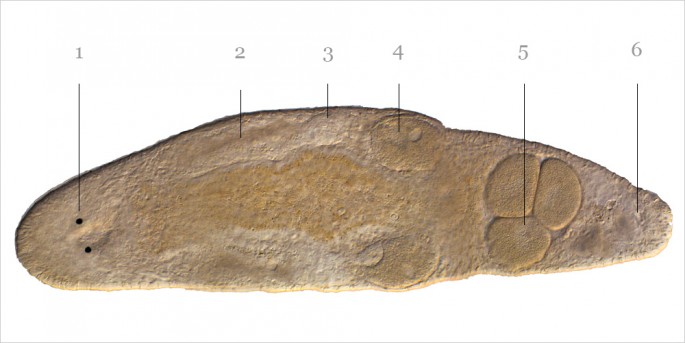Researchers from the University of Basel and Bielefeld have discovered a truly bizarre animal species where its mating habits stand out from the rest as this special type of worm injects itself with its own sperm.
This tiny flatworm that lives underwater called the Macrostomum hystix apparently possesses the ability to self-fertilize itself since it is also a hermaphrodite, which is a creature that has both male and female reproductive organs that produces both eggs and sperm.
Normally, the flatworm prefers a partner when it comes to its mating preference however when there is no one available, this creature can use its hypodermic needle type penis to inject sperm onto its own head where it will travel downwards its body to fertilize its own eggs which produces legitimate offspring in a very efficient manner.
According to lead author os the study Steven Ramm of the Bielefeld University in Germany, this may sound gruesome to humans but to their species, this could be their best option for reproduction. He adds that their alternative is not to reproduce at all but this is simply their way of making the best out of a bad situation.
Scientists have apparently coined a unique term when a plant or animal can self fertilize or even self pollinate which is called "selfing".
This selfing occurs when these plants and animals that possess hermaphroditic traits evolve this way as a reproductive assurance strategy for survival within ecological conditions that prevent outcrossing or breeding with an unrelated species.
At first, scientists believed that this selfing process cannot occur in hermaphroditic species since the male and female organs are totally separated from each other. However, this tiny flatworm does not conform to such limitation.
Researchers point out that this type of reproduction process is not ideal since it results with an offspring with no genetic variation. This means that those populations that have a more diverse genetic imprint can survive longer under many environmental threats.
Ramm adds that although lots of animals can self-fertilize, this is the first species to make use of a hypodermic appendage to inject itself with its own sperm.
This study is published in the journal, Proceedings of the Royal Society B.



























